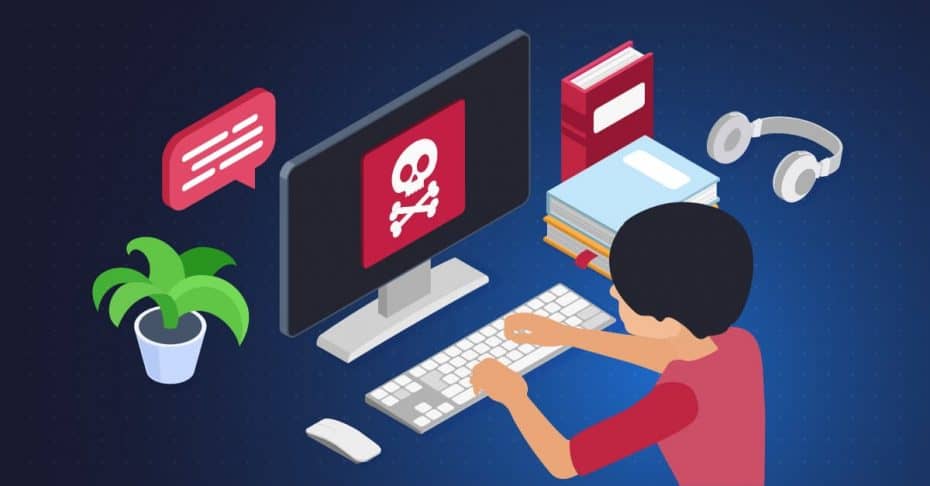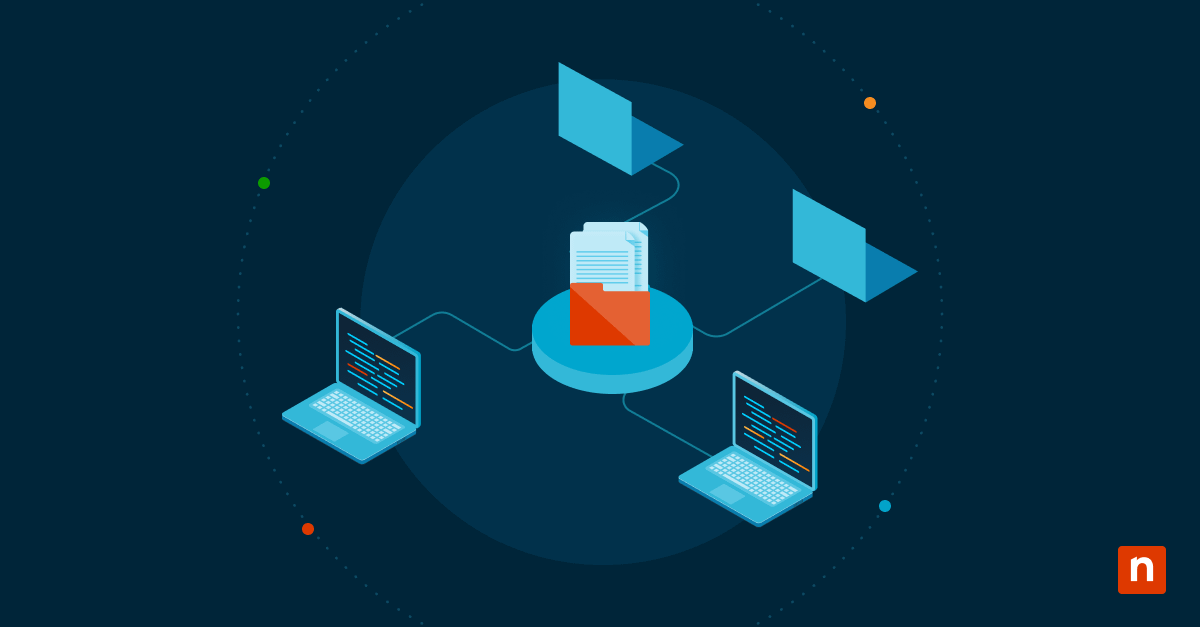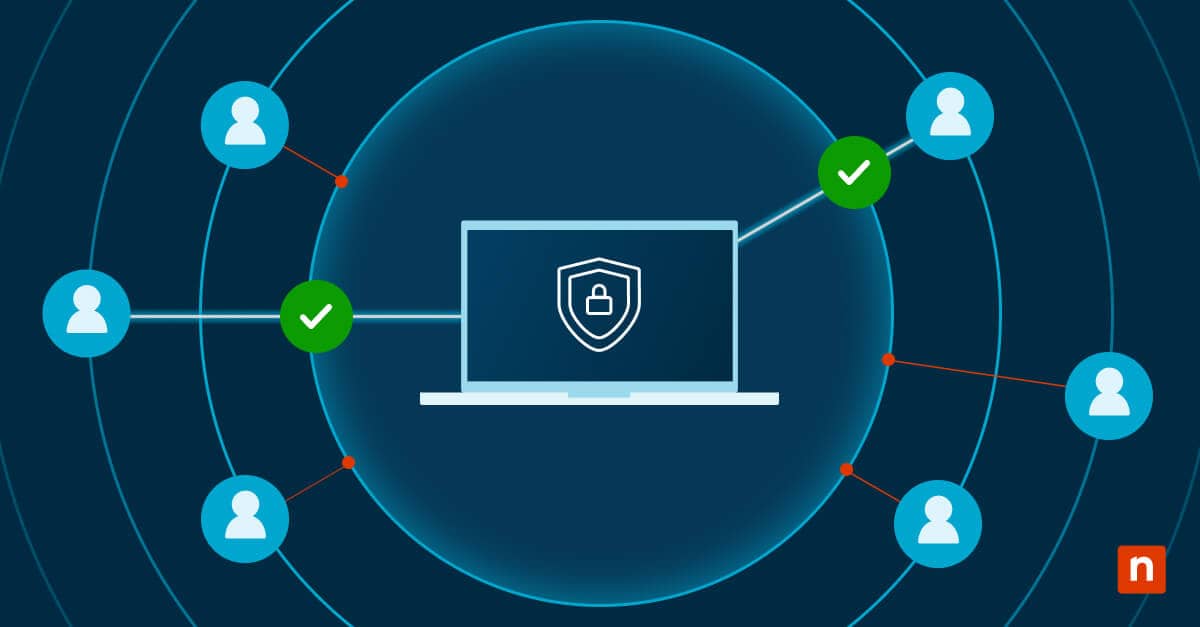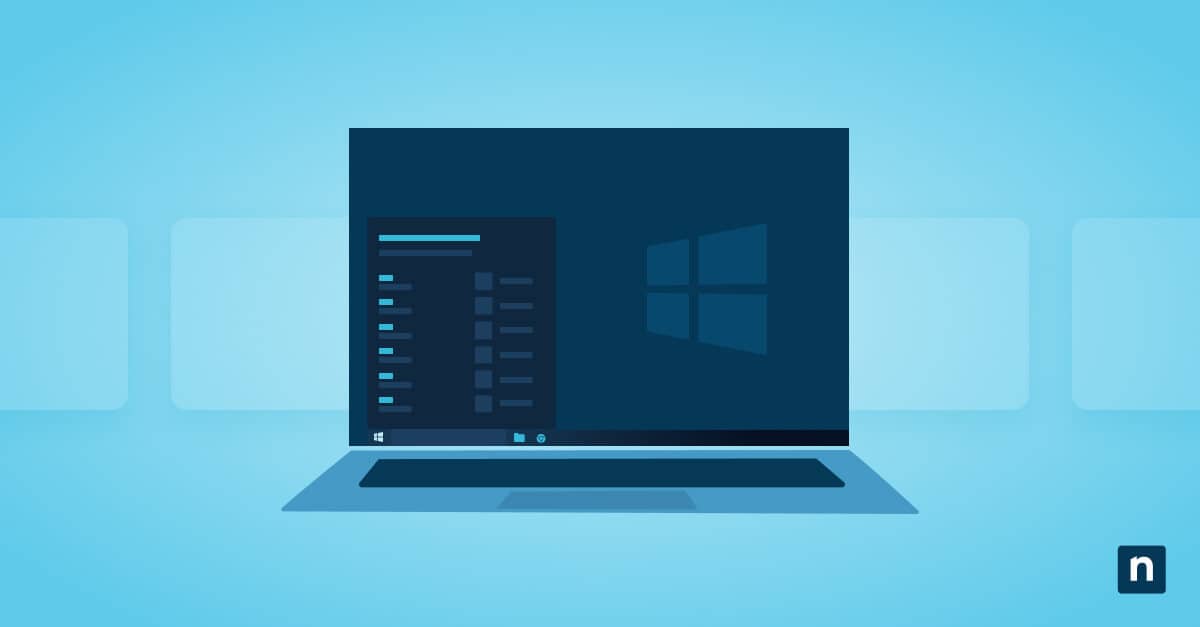In Information Technology terms, a disaster is any kind of event that disrupts the network, puts data at risk, or causes normal operations to slow down or stop. A disaster recovery plan (DRP) is created to address the risks and possibilities of these types of events and minimize the damage they cause.
Common disasters that are included in a DRP include:
Malicious activity/cyberattacks
Malicious actors, malware, viruses, and insider threats can easily cause expensive downtime and data loss. With cyberattacks becoming more frequent month over month, DRPs tend to focus a lot of attention on this area of risk.
Power outages
Operations must be able to move forward in the face of utility outages, especially if they are extended and chaotic as is the case in the aftermath of many natural disasters.
Equipment failures
Although the IT team works hard to keep everything running, it’s important to have failover plans in place should something go wrong.
States of emergency
Prior to 2021, many organizations had no provisions for something like a global pandemic in their disaster planning, illustrating why it’s wise to plan for outlying scenarios, not just the most obvious ones.
In fact, your disaster recovery plan should be fairly comprehensive and should not just include scenarios that you think are very likely to happen.
In this article, we’re going to examine this and other vital facts about disaster recovery planning.
What this article will cover:
- What is a disaster recovery plan?
- Four types of IT disaster recovery
- Key elements of a DRP
- Steps to create a disaster recovery plan
What is a disaster recovery plan?
An IT disaster recovery plan (DRP) is a formalized document that an organization creates to codify the policies and procedures in response to a disaster. It focuses on sectors relevant to IT, such as keeping the network and VoIP phone systems online or protecting sensitive data through backup policies. The DRP is a component of the organization’s Business Continuity Plan (BCP) and likewise must be tested and updated regularly to ensure that the IT team can succeed in recovery efforts regardless of the type of disaster.
DRPs are considered essential as they minimize risk exposure, reduce disruption, and ensure economic stability. A well-crafted and robust plan can also reduce insurance premiums and potential liability, as well as ensure your organization complies with regulatory requirements. The potential savings can be shocking once one determines how much financial risk they’re actually facing without a disaster recovery plan.
Determining how much a disaster can cost your organization, you need only consider the cost of system downtime and lost data. How many sales would be lost if the website or phone system were down for several days? How many billable hours would be lost if a week’s worth of documents were accidentally deleted? For any business of more than a few people, these numbers can grow exponentially very quickly.
Four types of disaster recovery
File sharing is a great productivity tool, but what we really want to know about is security and safety. That’s the arena of data backup and file recovery.
1) Data center disaster recovery
This type of disaster recovery considers the entire building that the computing system is housed in — the data center. It includes all features and tools within the building, such as physical security, support personnel, backup power, HVAC, utilities, and fire suppression that must be reliable and in working order. It may also include redundancies that keep these systems running in case of isolated outages. Planning for this type of DR can be very costly as it does include so many physical and site-based costs and upkeep.
2) Cloud-based disaster recovery
This shifts all of the burdens of site setup and maintenance to the cloud provider by using their data center through a licensing agreement or contract. While this significantly reduces the complexity and costs for the end user, it is more limited than complete ownership of a data center. In most cases, the cost savings of cloud backup and recovery far outweigh any liberties sacrificed by not having one’s own data center.
3) Virtualization disaster recovery
Virtualization is extremely popular, especially at a time when virtual machines are more commonplace due to changes in the workforce. This approach negates the need to reconstruct a physical server in the event of a disaster, making it much easier to reach your targeted recovery time objectives (RTO) by placing a virtual server on reserve capacity or in the cloud.
4) Disaster recovery as a service
Disaster Recovery as a Service (DRaaS) is an outsourced means of securing IT disaster recovery using a variety of different approaches. DRaaS can be provided via the cloud or as a site-to-site service. Providers can rebuild and ship servers to a client’s location as part of a server replacement service or they can use the cloud to failover applications, orchestrate failback to rebuilt servers, and reconnect users through VPN or Remote Desktop Protocol.
Key elements of a disaster recovery plan
The following are a few important elements to include in disaster recovery planning.
-
Business impact assessment
A business impact assessment (BIA) should be conducted before the DRP is created. This comprehensive assessment evaluates a business’s critical systems and how to prioritize the recovery of those systems.
-
Recovery point objective (RPO) and recovery time objective (RTO)
An RPO determines the acceptable amount of data that a business can risk losing and is used to define backup frequencies. The RTO involves calculation and goal-setting around how long it will take to restore a system after a disaster.
Learn more about the difference between RPO vs. RTO.
-
Off-site storage location
Backup servers, hardware, and other materials that are necessary for the disaster recovery process should be stored on a site away from the main office. How far away or in how many different locations will depend on the disaster scenarios you’re planning for. For instance, if the primary site is in an area prone to flooding, the off-site location may need to be hundreds of miles away.
Read our backup solutions guide to learn more about using cloud-based data backup and recovery solutions to address this need.
-
Communications plan
A DRP should facilitate fast and easy communications between all employees and service providers who are necessary to the recovery process. It should also establish and define the roles and responsibilities for everyone during a disaster.
-
Clear and direct instruction
The best DRPs are broken down into actionable checklists so that users don’t need to read through hundreds of pages when responding to an immediate danger.
Nine steps to create a disaster recovery plan
Every business needs a disaster recovery plan that is as unique as its data requirements. To define the best approach for your business, you must weigh the value of your data, systems, and applications against the risk your organization can afford to assume. When you create a disaster recovery plan, be sure to include the following steps:
1) Obtain commitment throughout the organization
Everyone in the organization must be aware of and able to support and execute the recovery plan. Proper planning will start at the top, as management/ownership must themselves support and be involved in the development of the disaster recovery planning process ensuring that adequate resources are given to the task.
2) Establish a planning committee
A group of stakeholders should be organized to oversee the development and implementation of the disaster recovery plan. The planning committee should include representatives from all functional areas of the organization and key members from relevant sectors like IT and operations management.
3) Perform a risk analysis and business impact analysis
The DRP committee should prepare both a risk analysis and a business impact analysis to set baselines for their planning. These evaluations should include a range of disasters, including natural, technical, and human threats. Each sector within the organization should be analyzed to determine the potential threat and impact of likely disaster scenarios.
The issue that arises from this feature is that common ransomware and encryption attacks will usually rename and encrypt files on the victim’s drives. This is done intentionally to circumvent the versioning history and recycle bin so that it’s not easy to recover the files.
4) Prioritize operations
The critical needs of each department should be evaluated in areas such as personnel, data/documentation, policies, service, and processing systems.
It’s important to determine the maximum amount of time that any department can function without each critical system. The planning committee should also determine the critical needs of each department to better prioritize recovery and allocation of emergency resources. All operations should be ranked as essential, important, or non-essential depending on their priority.
5) Codify recovery strategies
Practical alternatives for lost or down IT resources in case of a disaster should be researched and evaluated. It is important to consider all normal aspects of the operation when choosing these failovers or redundancies.
This part of the plan will usually include detailed information about purchasing and maintaining emergency tools and resources — i.e. data backup and recovery solutions — as well as the manpower and other considerations required to keep them in a state of readiness.
6) Perform data collection
Important data should be collected and stored. Recommended data gathering may include:
Backup and recovery documentation
- Critical telephone numbers
- Communications hardware inventory
- Internal documentation
- Asset management logs
- Insurance policies
- Network hardware inventory
- Master vendor contact list
- Notification checklist
- Off-site storage location inventory
7) Organize and document a written plan
The plan should include all detailed procedures to be used before, during, and after a disaster. This includes a policy for maintaining and updating the plan to reflect any significant changes within the organization, as well as a regular review process.
For easy deployment, DRPs are usually structured into teams and delegated responsibilities. The management team is especially important because it coordinates the recovery process.
There should be teams responsible for major functions including:
- Administrative functions
- Facilities and Ops
- Supply Chain and Logistics
- User Support/Customer Service
- Computer Backup and IT
- Restoration of Services
8) Test the plan
All emergency plans should be thoroughly tested and evaluated on a regular basis. Procedures for passing these tests should be rigidly documented. Without testing, it’s impossible to know if all facets of an emergency scenario have been addressed by the DRP until it’s too late.
An initial test will provide feedback regarding any further steps that may need to be included, changes in procedures that are not effective, and other adjustments to improve efficacy. These tests can take the form of checklists, simulations, or actual forced blackouts. Of course, it’s best to do these tests during off-hours to minimize disruption to the organization.
9) Approval and Implementation
Once the disaster recovery plan is drafted and thoroughly tested, the plan should be approved by the organization’s leadership.
Management is responsible for:
- Establishing the policies, procedures, and responsibilities for disaster planning as well as the initial formation of the committee
- Reviewing and approving the contingency plan on an annual basis, as well as keeping documentation of reviews and tests for liability and compliance reasons
- Ensuring that the DRP is compatible with any vendors or service providers
Conclusion
Creating a disaster recovery plan is essential for the ensured survival of any organization that’s reliant on technology. Successful planning means finding disaster recovery solutions that fit your unique IT requirements and are practical to manage and test.
Many SMBs choose to work with managed service providers (MSPs) to offset the burden of specific expertise, while others turn directly to tools like NinjaOne which allow them to leverage purpose-built technology to simplify IT disaster recovery. Such tools make steps like setting up backups, testing failovers, and spinning up new systems after a disaster extremely easy.
Whether your organization wishes to keep IT administration in-house or outsource it, NinjaOne gives you the power to ensure business continuity with fast failover of critical workloads to our remote secure data centers. In the event of a disaster, you can rely on instant data availability and functional systems thanks to a cloud-based infrastructure resilient enough to be trusted by thousands of NinjaOne users and IT providers.
Regardless of any uncertainty you might encounter, NinjaOne will be a valuable part of your disaster planning. If you’re ready to see the advantages for yourself, we invite you to sign up for a free trial today.






